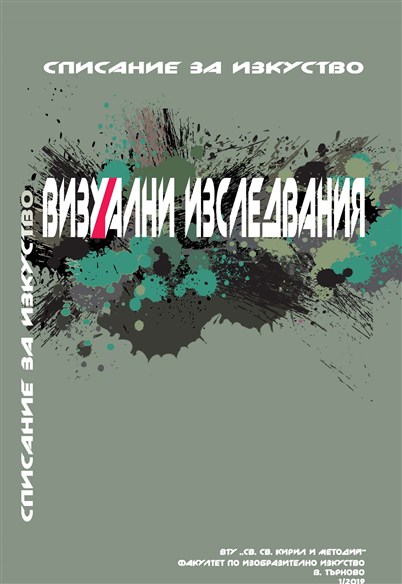Реализмът на модернизмите/модернизмът на реализмите: един пример от България
The Realism of Modernisms/The Modernism of Realisms: an Example from Bulgaria
Author(s): Irina GenovaSubject(s): Fine Arts / Performing Arts, Visual Arts, History of Art
Published by: Великотърновски университет „Св. св. Кирил и Методий”
Keywords: realism of XX century; modernism; art in Bulgaria; invented genealogy of (Socialist) Realism; Ivan Nenov
Summary/Abstract: In this short article I will try to outline the problematic use of the concepts of “realism“ and “modernism“ in Bulgaria during the twentieth century, and especially in two concrete moments – in the 1930s and in the 1960s. The main example is the artist Ivan Nenov (1902–1997) – one of those names that are associated with modernism in the canonical narrative of Bulgarian art from XX century. In the late 1920’s, when Nenov appeared on the art scene, the peak of the Native Art Movement had already passed. The return to the picture in the early 1930’s in Bulgaria was related to the association of the New Artists, to retrospective interest in Cézanne and introduction of the concept of “New Realism”. Nenov was one of the protagonists of this movement. In the same decade, in 1932–1933 and 1936–1937, he stayed in Italy – in Turin and Albisola Marina – with his friend, the artist Nicolay Diulgheroff. Diulgheroff was part of the second Italian Futurism and introduced Nenov to these circles. In Nenov’s works from that time – paintings, drawings, and sculptures – we recognize his enthusiasm for Fillia, Carlo Carrà, Enrico Prampolini, and Diulgheroff himself. After World War II, under the Communist rule in Bulgaria, Nenov initially found a “refuge“ in the field of ceramics. In 1950 he was forced to leave his teaching post at the Academy of Arts. Later, his work, along with the work of other central artistic figures from the 1930s, was appropriated by the invented genealogy of (Socialist) Realism in a broader, liberal understanding. Nenov himself wrote in support of figurative art. Thus, in the case of the artist Ivan Nenov, the concepts of futurism, valori plastici, new realism in the 1930s – at one moment of his career, and socialist realism, realism, figural art – during the Communist rule, paradoxically intertwine with each other and hold relation to phenomena elsewhere in Europe.
Journal: Визуални изследвания
- Issue Year: 3/2019
- Issue No: 1
- Page Range: 14-20
- Page Count: 7
- Language: Bulgarian

